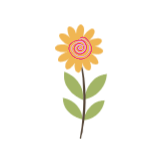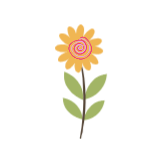In order to create better habits we need to change what we do at present so that we can reconnect neural pathways which are linked into how we think and behave. Habits tend to be automatic and it is unfortunate that for many people some of these are detrimental to their health and wellbeing. Consistency helps to create the habits we want as this rewires connective pathways in the brain. In order to not rely on willpower and instead make a behaviour we want automatic then we repeat over and over the actions of what we do want and how we want to think. This allows us to install a healthy and positive habit. Changing to an improved way of living is a journey that is worth taking.
We can use positive affirmations rather than negative ones. Our thoughts form our beliefs which form our expectations which form our behaviour and in turn these form our results which in turn form our thoughts and beliefs again. For example, if we constantly repeat thoughts like “I’m always failing”, “What’s the point because I will never be able to do this” or “I never complete what I set out to do” then we are likely to be right and we will not change our behaviour and will continue to get the results that we do not want. Instead, we need to start saying positive affirmations to ourselves. It is very important to switch our language to something positive that encourages the behaviour and outcome we want instead. If we constantly have negative feelings and thoughts then we will end up demotivating ourselves and we are likely to give up. If, however, we change to using positive statements in our thoughts and then create and take positive actions these can then lead to positive results which will then affirm that we are making the right choices to change how we feel. Rather than forming a downward spiral it can help lift us up to a cycle that creates the changes we need and want in our food and lifestyle choices.
We can also look at our timeframe patterns. For example, we may know that we can stay in a positive behaviour pattern for a certain length of time before we find a point where we fall off and get back to the old unwanted habit. For example, many people will find that they can stick to a diet for a couple of weeks although they soon find that their willpower wanes. It is important therefore to have a plan in place to ensure that rather than give up at that moment and fail we will instead have the action steps ready to continue. It is also important to create goals and action steps that are sustainable. This can include having the right support structure such as a health coach. You can create what you want by being aware of your feelings and how they affect your behaviour. If you do this then you will get a different result.
Our inner voice, our self talk, can be used for harm or good. If we set it up to progress rather than to fail, if we create the right action steps that mean our goals are attainable then we can get there. We need to create feelings that uplift, motivate and inspire us and that is how we form better habits.
(c) 2021 Elizabeth Plant





